3 Tips for Being Your Authentic Self
At one point or another in our lives, we may find ourselves feeling stuck, unmotivated, or lost. We may start wondering if we’re acting in ways that accommodate others but leave us feeling empty and disconnected.
Chances are we may not just be disconnected from those around us, but also with our understanding of who we are and what we want our life to look like. Over time we may have accepted our problems as a part of our identity… but what if that’s not working for us anymore? Here are 3 tips that can help you live authentically.
Separate the problem from who you are.
How many times have you referred to yourself as the issues you face in your life? “I’m a people-pleaser.” “I’m a perfectionist.” “I’m anxious.” To quote a good ol’ dad joke: Hi anxious, I’m Tina! Changing our language to view our problem as something we do or feel, rather than something we are gives us back the option to change the problem without losing ourselves. It helps us move away from limiting ourselves to the actions we see ourselves doing.
For example:
“I’m a people-pleaser” turns into “Sometimes I engage in people-pleasing behavior.”
“I’m a perfectionist” turns into “I strive for perfection.”
“I’m anxious” can turn into “I’m feeling anxious right now.”
2. Explore the times you feel most like yourself.
Now you might be saying “Tina…I don’t know what times those are, that’s why I’m reading this blog…..” and I totally hear you. When we’re first starting out on this exploration, we might have to work backwards.
In order to find the times you feel most authentic, you might have to first identify the times you feel the least authentic. What are the moments you feel the most uncomfortable, most anxious, the most unsatisfied, the least connected with your surroundings. Who are you with in these moments? What are you doing? What is your environment like? What are the stories you’re telling yourself in those moments?
The answers to these questions can be news we can use to help identify the times you do feel connected and at peace with yourself.
3. Set boundaries for those “least-authentic-self moments.”
Awareness of those least-authentic-self moments is a step in the right direction. One of the next things we might look at is how to preserve your true self in the moments when it feels the most difficult to do so.
This might look like limiting time with those who demand a certain version of you to fit their needs. It might look like making time to engage with activities that you feel the best doing. It also might look like decreasing times you accommodate others’ needs at the expense of your own. All of these, and many other boundaries, could lead to a more complete ownership of your authentic self.
Who we are is the foundation of how our life looks. General life dissatisfaction occurs when we find ourselves living a life that does not match with how we want our life to look.
This kind of therapy work is one of my specialties and aligns with the approach I take to counseling. Over the years I have found many who seek counseling end up exploring a version of this topic, and that makes a lot of sense to me. If you’re experiencing this and want to start this work with me, use the link to reach out below!
Tina Leboffe, MA, LPC, NCC, AAC
Please note that this blog is for your information only and does not constitute clinical advice or establish a client-counselor relationship.

